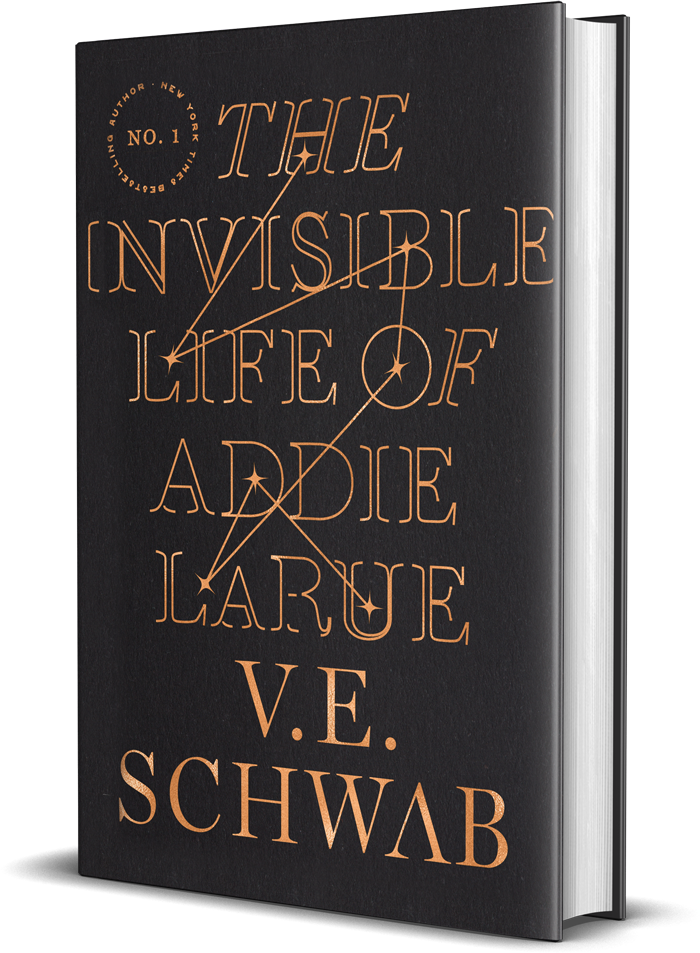The Marks We Leave Behind
What is history, if not the art that is left behind?
“Liberty Leading the People,” Eugene Delacroix
In V. E. Schwab’s novel “The Invisible Life of Addie LaRue,” the immortal heroine contemplates the human desire to be remembered. We have an inclination to strive to be a relevant part of history – of the world’s or of our own.
Addie wonders, “What is a person, if not the marks they leave behind?”
 This question leaves us to ask ourselves what we are doing to leave our stamp on the universe. For students, that may be helping out at school or in the community. For doctors, it’s saving lives and uplifting families. For teachers, it’s giving the gift of knowledge and pushing the next generation to success. Artists, however, take Addie’s words quite literally with the works that they produce. The permanence and subjectivity of art allows its makers to become the keepers of time, of ideas, of history. Their work consumes them, but happily so, for they may be marks that never leave the world.
This question leaves us to ask ourselves what we are doing to leave our stamp on the universe. For students, that may be helping out at school or in the community. For doctors, it’s saving lives and uplifting families. For teachers, it’s giving the gift of knowledge and pushing the next generation to success. Artists, however, take Addie’s words quite literally with the works that they produce. The permanence and subjectivity of art allows its makers to become the keepers of time, of ideas, of history. Their work consumes them, but happily so, for they may be marks that never leave the world.
Delacroix, Trumbull, and Kahlo would know.
It is always easy to refer to a textbook or a class on the subject of history. It tends to be associated with dates, names, and places that can seem awfully arbitrary at times, so seeing it written down and mapped out allows us to analyze it from the view of an audience member watching a very long, tumultuous play. But words can only go so far.
How could we forget that there are thousands of works left for our enjoyment, all little pieces of history at the moment things happened? Pieces of art are the marks left behind by artists of the past centuries, providing us with windows to glimpse into the life of the past. Art doesn’t just skim the surface as most history textbooks do; it dives deep, inviting us to do the same. It is the beautiful souvenir of movements, revolutions, and other historical events that have made the world the way it is today.
An artist captures a moment as, for example, Delacroix does with his “Liberty Leading the People,” and immediately, everything in that moment belongs to them: that moment of time, the people’s emotion, the essence of an idea. It is their mark. Once all of this chaos is stored in the confines of a canvas, it becomes a token of history that can be kept for generations. People can reach into and feel history as a result of the artist’s own desire to be remembered.
We are no longer restricted to the distant observance that words of history permit. Art embodies history in a manner that allows us to grasp the sentiment of each moment. Artists are clever; they create works that throw us into the world of yesterday and all its tragic grandeur, then vanish without so much as a goodbye. We are left to decipher their art’s meaning in the absence of their whispers. It is argued, nonetheless, whether or not this freedom of interpretation is a gift or a curse. Maybe art is a way for us to learn from our predecessors’ mistakes.
Though paint may chip, time does not take back the parts that artists keep for themselves and share with us. If an artist is lucky enough, their mark steals away the time that spans a notable point in humanity’s past. If an artist is skilled enough, their mark defines that moment more vividly and realistically than any amount of words could. It’s a good thing we have museums.
So, let me rephrase Addie’s question: What is history, if not the art that is left behind?

Amanda Altarejos is the JEditor-in-Chief of Marist's Blue & Gold and has been writing for the paper since freshman year. At Marist, she is involved in the peer leader program as a GLC. She is a student ambassador and a member of Mosaic, French club, and Share the Journey. Amanda is the co-founder of a Filipino activism project called Intersections Initiative. Amanda loves playing the guitar and piano, creating art, and reading books: her favorite series is The Infernal Devices by Cassandra Clare.



